Silent Era Home Page > Home Video > The Love of Jeanne Ney

Reviews of silent film releases on home video.
Copyright © 1999-2024 by Carl Bennett
and the Silent Era Company.
All Rights Reserved. |
|
The Love of
Jeanne Ney
(1927)
|
Our first encounter with this film of G.W. Pabst’s has, at times, been engaging at best and at worst tedious. This story from a novel by Ilya Ehrenberg begins in the Russian Crimea at the time of the Bolshevik revolution.
Alfred Ney, a French political observer (and spy), and his daughter Jeanne have spent several years living in Russia. He has been collecting evidence against the rising Bolshevik movement. A young leader of the movement, Andreas, confronts Ney about his espionage, and Ney is killed. It is revealed that Andreas and Ney’s daughter independently found each other and fell in love. The Bolsheviks takeover. Jeanne is tried, but shipped off to Paris through the intervention of a favor. She arrives in Paris to live with her detective uncle and her blind cousin. (Our introduction to the detective’s office is not unlike the beginning of Roman Polanski’s Chinatown.)
The montebank Khalibiev arrives in Paris. Andreas shortly follows. Khalibiev works his way into the Ney household and his impromptu plot to murder for money is revealed. The subplot focusing on the retrieval of a large lost diamond is comical. Detective Ney’s greed and oncoming dementia eventually ends in his being killed for the diamond. Khalibiev weaves back into the story to set up Andreas for the murder of Ney, using the blind girl as a ‘witness.’ Jeanne valiantly attempts to proves Andreas’ innocence. She seeks out Khalibiev who can substantiate Andreas’ whereabouts the night of the murder. During Khalibiev’s attempted rape of Jeanne, she discovers the stolen diamond in his possession and reveals him as the murderer.
This film plays to us as something less than Pabst’s earlier The Joyless Street (1925) and nothing close to the qualities of Pandora’s Box (1929). There is not even a spark to the love story, which is the point of the entire film. Certainly, Fritz Rasp’s delicious performance as the smarmy Khalibiev is among the best elements of this otherwise turgidly melodramatic film.
Pabst’s short-sighted skeet shooting at political trap misses the mark, and the studio imposed diamond subplot further serves to throw the film off focus. But that doesn’t mean that there is nothing worthwhile to be seen in the film. Metropolis’ Brigitte Helm turns in a good performance in the second film of her career as the blind cousin to Jeanne.
Pabst’s handheld camera makes several bold appearances, and his dramatic changes in focal points within a moving camera frame are among the high technical points of the film. Some shots of the two lovers are absolutely exquisite, and we love the candid scenes documenting street life in Paris. We also enjoyed seeing the main character of Überfall (1928), pop-eyed Heinrich Gotho, here as a timepiece-holding train passenger. Again, the film can be in turns tedious and engaging.
— Carl Bennett
|
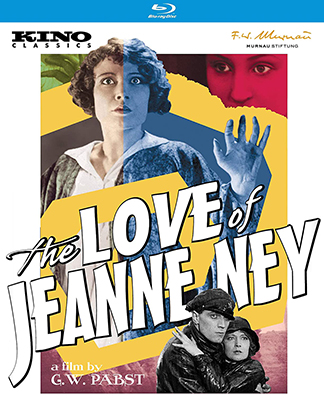 Kino Classics Kino Classics
2020 Blu-ray Disc edition
The Love of Jeanne Ney [German release version] (1927), black & white, 106 minutes, not rated,
with The Love of Jeanne Ney [USA release version] (1927), black & white, 86 minutes, not rated.
Kino Lorber, K24622, UPC 7-38329-24622-8.
One single-sided, dual-layered, Region A Blu-ray Disc, 1.33:1 aspect ratio image in pillarboxed 16:9 (1920 x 1080 pixels) progressive scan AVC (MPEG-4) format, SDR (standard dynamic range), 34.5 Mbps average video bit rate, 2.1 Kbps audio bit rate (music) and 1.6 Kbps audio bit rate (commentary), DTS-HD Master Audio 48 kHz 2.0 stereo sound, German language intertitles (German version) and English language intertitles (USA version), optional English language subtitles (German version), 12 chapter stops (German version) and 11 chapter stops (USA version); standard BD keepcase; $29.95.
Release date: 21 April 2020.
Country of origin: USA
Ratings (1-10): video: 8 / audio: 8 / additional content: 7 / overall: 8.
|
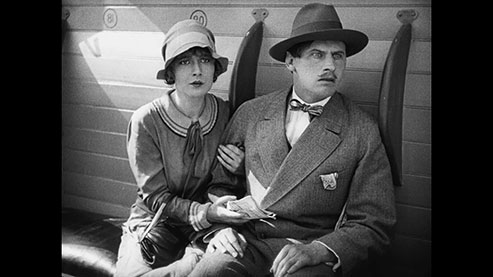
This Blu-ray Disc edition has been mastered at 2K high-resolution from 35mm archival film elements held by the Museum of Modern Art. The MoMA print, acquired in the 1930s, was struck from the export version negative, which was used for European and world distribution (outside of Germany). Likely replaced at the time of acquision, the German language intertitles were replaced with English intertitles in this print. Neither of the original camera negatives is known to survive. For this edition, there has not been any digital stabilization or clean-up performed on the scan as there is a moderate amount of dust, speckling, scuffing, scratches and other minor flaws still visible. The grayscale range of the picture is well-balanced, with just-enough image detail in highlights and shadows. In comparison, it is the German language presentation on this disc that looks far better than the scan of the USA version that is also available in this edition.
On a side note, when preparing a digital restoration of a silent era film, we do not feel it is necessary to emulate the slight frame jitters such as you would see in a vintage film print in replacement intertitles. New intertitles created photochemically or digitally are what they are — not original to the source materials — and they should remain stable in the frame, be of the best visual quality (not slightly blurred or some other attempt to make them look vintage) and be true to their creation in time. Such decisions to emulate vintage film in digital restorations seems a wee bit like lying to us.
The film is accompanied by a music score adapted and orchestrated for a small orchestra by Bernd Thewes (German version) and a music score performed on piano by Andrew Earle Simpson (USA release version). We are happy to have new music accompany this film and really like the Thewes score.
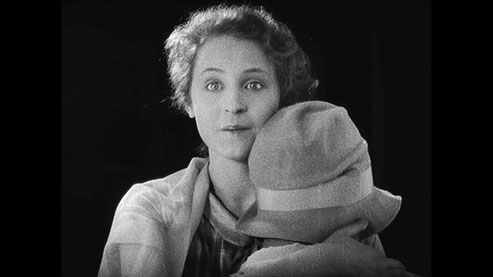
The supplementary material includes audio commentary by film historian Eddy von Mueller, and a presentation of the USA release version of the film which was originally duplicated from the same ‘A’ camera negative as the original German release version, and was shortened (and possibly resequenced) for USA distribution. It is visually similar to but different from the German language version that is available on this disc. The HD scan of this version has been made from a very-good to excellent 35mm print held by Bundesarchiv-Filmarchiv. Apparently, no digital clean-up has been done so there is visible dust, speckling, scuffing and other minor flaws in the picture. Also, as any still frame in the USA version will reveal, the scan renders a picture with over-emphasized film grain that appears as a pronounced swarm of coarse black dots in the middle and darker tones rather than as continuous greytones. This is a common rap we have on most home video editions of silent films presented on Blu-ray Disc. We feel that, despite the inevitable presence of film grain in vintage film prints, the goal should be to present the image of a silent era film as close as possible to a projected picture, with as much continuous greytone information as can be rendered from the source material.
Despite our picky criticisms above, we enthusiastically recommend this Blu-ray Disc of The Love of Jeanne Ney as the best edition available on home video.
|
|
USA: Click the logomark to purchase this Region A Blu-ray Disc edition from Amazon.com. Your purchase supports Silent Era.
|

|
|
|
Canada: Click the logomark to purchase this Region A Blu-ray Disc edition from Amazon.ca. Your purchase supports Silent Era.
|

|
|
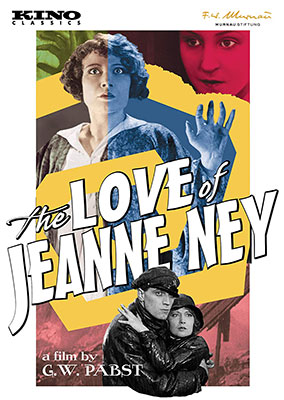 Kino Classics Kino Classics
2020 DVD edition
The Love of Jeanne Ney [German release version] (1927), black & white, 106 minutes, not rated,
with The Love of Jeanne Ney [USA release version] (1927), black & white, 86 minutes, not rated.
Kino Lorber, K24621, UPC 7-38329-24621-1.
One single-sided, dual-layered, Region 1 NTSC DVD disc, 1.33:1 aspect ratio image in full-frame 4:3 (720 x 480 pixels) interlaced scan MPEG-2 format, SDR (standard dynamic range), ? Mbps average video bit rate, ? Kbps audio bit rate, Dolby Digital 48 kHz 2.0 stereo sound, English language intertitles, no foreign language subtitles, chapter stops; standard DVD keepcase; $19.95.
Release date: 21 April 2020.
Country of origin: USA
|
|
This DVD edition has been mastered at 2K high-resolution from 35mm archival film elements held by the Museum of Modern Art. The MoMA print, acquired in the 1930s, was struck from the export version negative, which was used for European and world distribution (outside of Germany). Likely replaced at the time of acquision, the German language intertitles were replaced with English intertitles in this print. Neither of the original camera negatives is known to survive.
There has not been any digital stabilization or clean-up performed on the scan as there is a moderate amount of dust, speckling, scuffing, scratches and other minor flaws still visible. The grayscale range of the picture is well-balanced, with just-enough image detail in highlights and shadows. In comparison, it is the German language presentation on this disc that looks far better than the scan of the USA version that is also available in this edition.
The film is accompanied by a music score adapted and orchestrated for a small orchestra by Bernd Thewes (German version) and a music score performed on piano by Andrew Earle Simpson (USA release version). We are happy to have new music accompany this film and really like the Thewes score.
The supplementary material includes audio commentary by film historian Eddy von Mueller, and a presentation of the USA release version of the film which was originally duplicated from the same ‘A’ camera negative as the original German release version, and was shortened (and possibly resequenced) for USA distribution. It is visually similar to but different from the German language version that is available on this disc. The HD scan of this version has been made from a very-good to excellent 35mm print held by Bundesarchiv-Filmarchiv. Apparently, no digital clean-up has been done so there is visible dust, speckling, scuffing and other minor flaws in the picture.
Despite our picky criticisms above, we enthusiastically recommend this Blu-ray Disc of The Love of Jeanne Ney as the best edition available on home video.
|
|
USA: Click the logomark to purchase this Region 1 NTSC DVD edition from Amazon.com. Your purchase supports Silent Era.
|

|
|
|
Canada: Click the logomark to purchase this Region 1 NTSC DVD edition from Amazon.ca. Your purchase supports Silent Era.
|

|
|
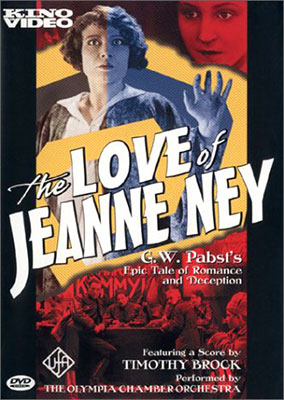 Kino on Video Kino on Video
2001 DVD edition
The Love of Jeanne Ney (1927), black & white, 113 minutes, not rated.
Kino International, K208, UPC 7-38329-02082-8.
One single-sided, single-layered, Region 0 NTSC DVD disc, 1.33:1 aspect ratio image in full-frame 4:3 (720 x 480 pixels) interlaced scan MPEG-2 format, SDR (standard dynamic range), 5.0 Mbps average video bit rate, 224 Kbps audio bit rate, Dolby Digital 48 kHz 2.0 stereo sound, English language intertitles, no foreign language subtitles, 16 chapter stops; standard DVD keepcase; $29.95.
Release date: 5 June 2001.
Country of origin: USA
Ratings (1-10): video: 6 / audio: 8 / additional content: 0 / overall: 7.
|
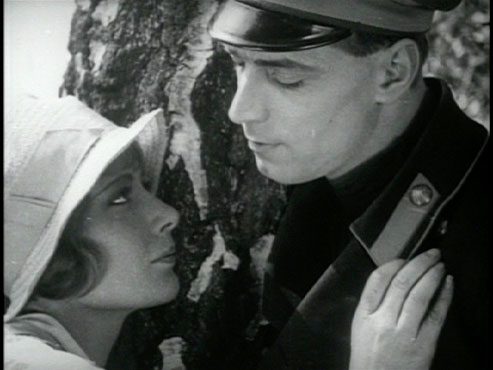
This DVD edition, produced by David Shepard, features a video transfer from what appears (from the English language intertitles) to be an old Blackhawk Films 35mm print. The print appears to be a little tightly cropped at times but is a very-good to sometimes excellent print, with broad and balanced greytones. The print is compromised with minor speckling, dust, scratches, scuffing and processing flaws intermittently throughout, and also has a vertical scratch in the left edge of the frame that begins at 1:18:27 and continues for nearly two minutes. Upon reevaluation, we have downgraded our rating of the picture quality of this disc for its moderately soft image details — which shouldn’t be a surprise since the analog video transfer is approximately twenty-five years old.
A sombre music score composed by Timothy Brock, somewhat reminiscent of his later score for the 1998 home video edition of Sunrise (1927), accompanies the film. Performed by the Olympia Chamber Orchestra and conducted by Brock, the accompaniment was recorded for the Kino’s first release of the film on VHS videotape in 1993.
|
|
USA: Click the logomark to purchase this Region 0 NTSC DVD edition from Amazon.com. Your purchase supports Silent Era.
|

|
|
|
Canada: Click the logomark to purchase this Region 0 NTSC DVD edition from Amazon.ca. Your purchase supports Silent Era.
|

|
|
|
United Kingdom: Click the logomark to purchase this Region 0 NTSC DVD edition from Amazon.co.uk. YSupport Silent Era.
|

|
|
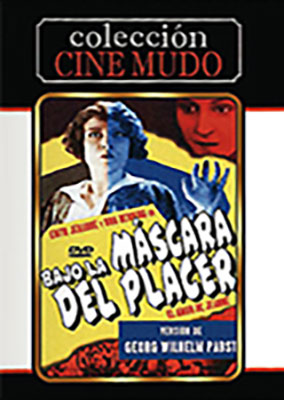 Llamentol Llamentol
201? DVD edition
The Love of Jeanne Ney (1927), black & white, ? minutes, not rated.
Llamentol SL,
unknown catalog number, unknown UPC number.
One single-sided, single-layered, Region 2 PAL DVD disc, 1.33:1 aspect ratio image in full-frame 4:3 (720 x 576 pixels) interlaced scan MPEG-2 format, SDR (standard dynamic range), ? Mbps average video bit rate, ? Kbps audio bit rate, Dolby Digital 48 kHz 2.0 stereo sound, English language intertitles, no foreign language subtitles, chapter stops; standard DVD keepcase; unknown suggested retail price.
Release date: unknown.
Country of origin: USA
|
|
This Spanish DVD edition of The Love of Jeanne Ney has likely been transferred from 35mm print materials.
North American collectors will need a region-free PAL DVD player capable of outputting an NTSC-compatible signal to view this edition.
|
|
Other silent era G.W. PABST films available on home video.
Other silent era FRITZ RASP films available on home video.
Other GERMAN FILMS of the silent era available on home video.
|
|

SUPPORT SILENT ERA
USING THESE LINKS
WHEN SHOPPING AT
AMAZON



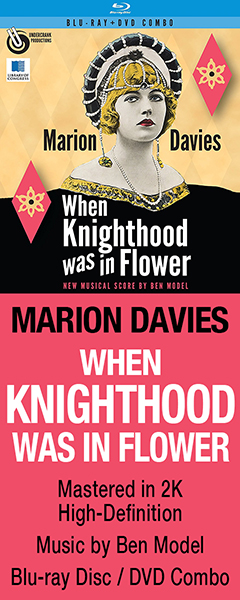
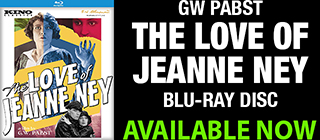
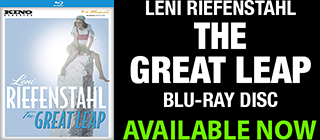
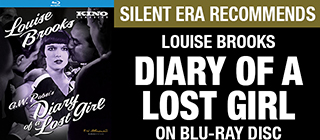
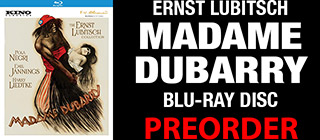
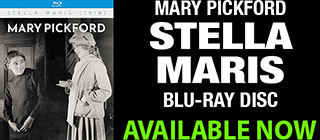
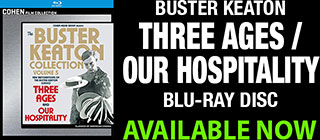
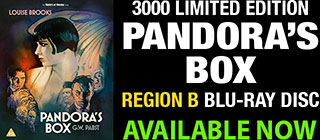
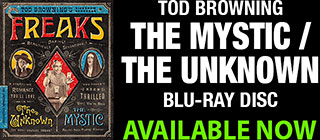
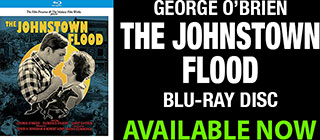
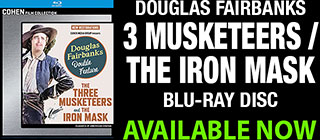
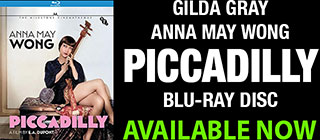
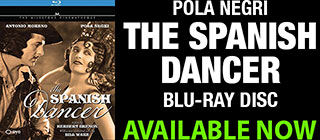
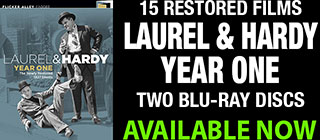


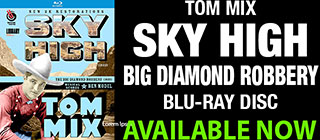
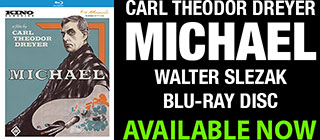

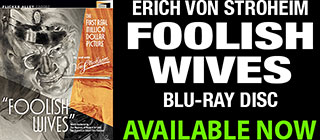
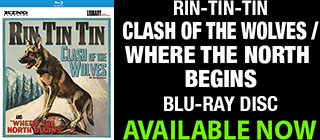
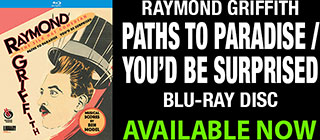
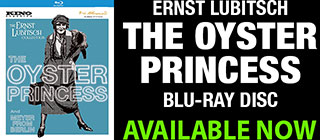
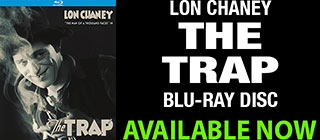
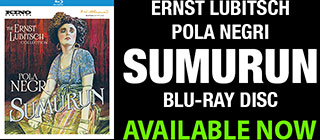

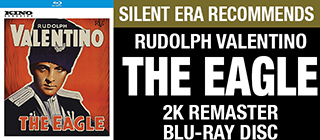

|





































